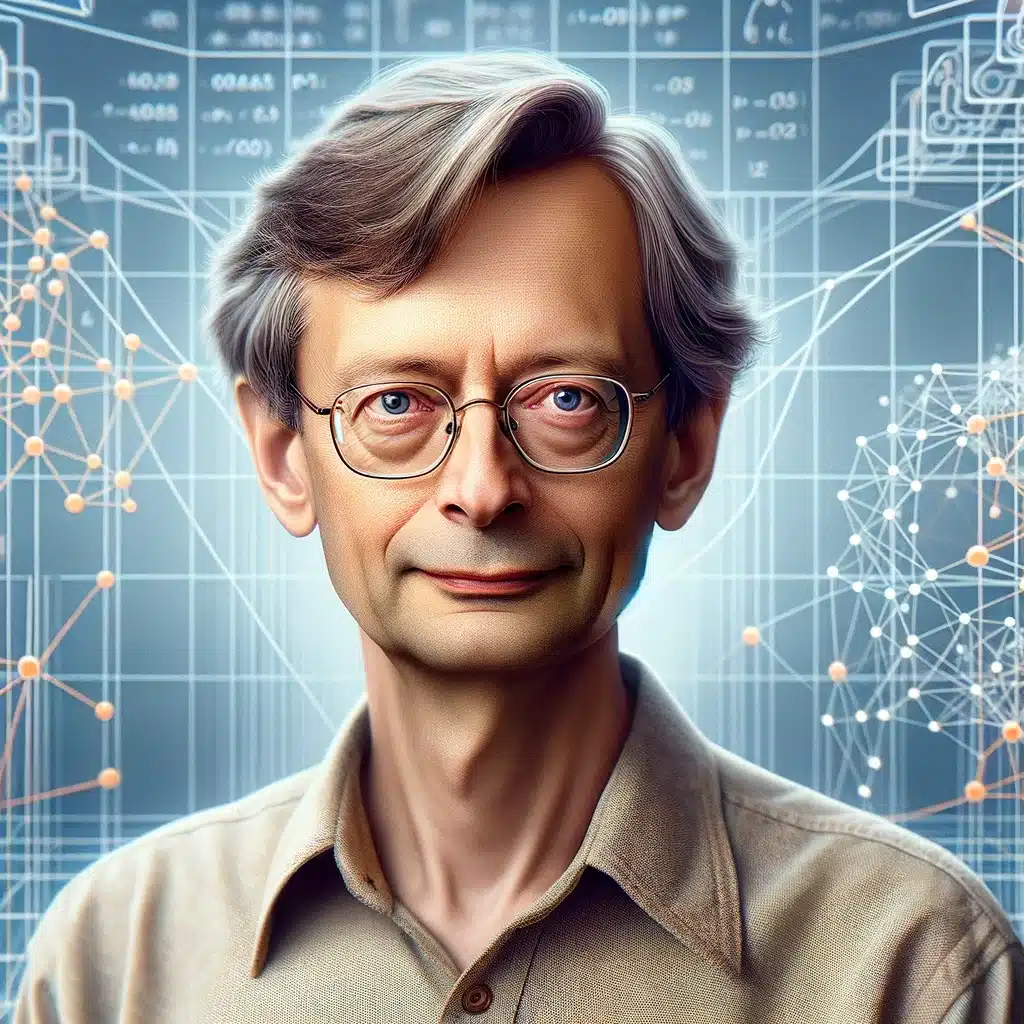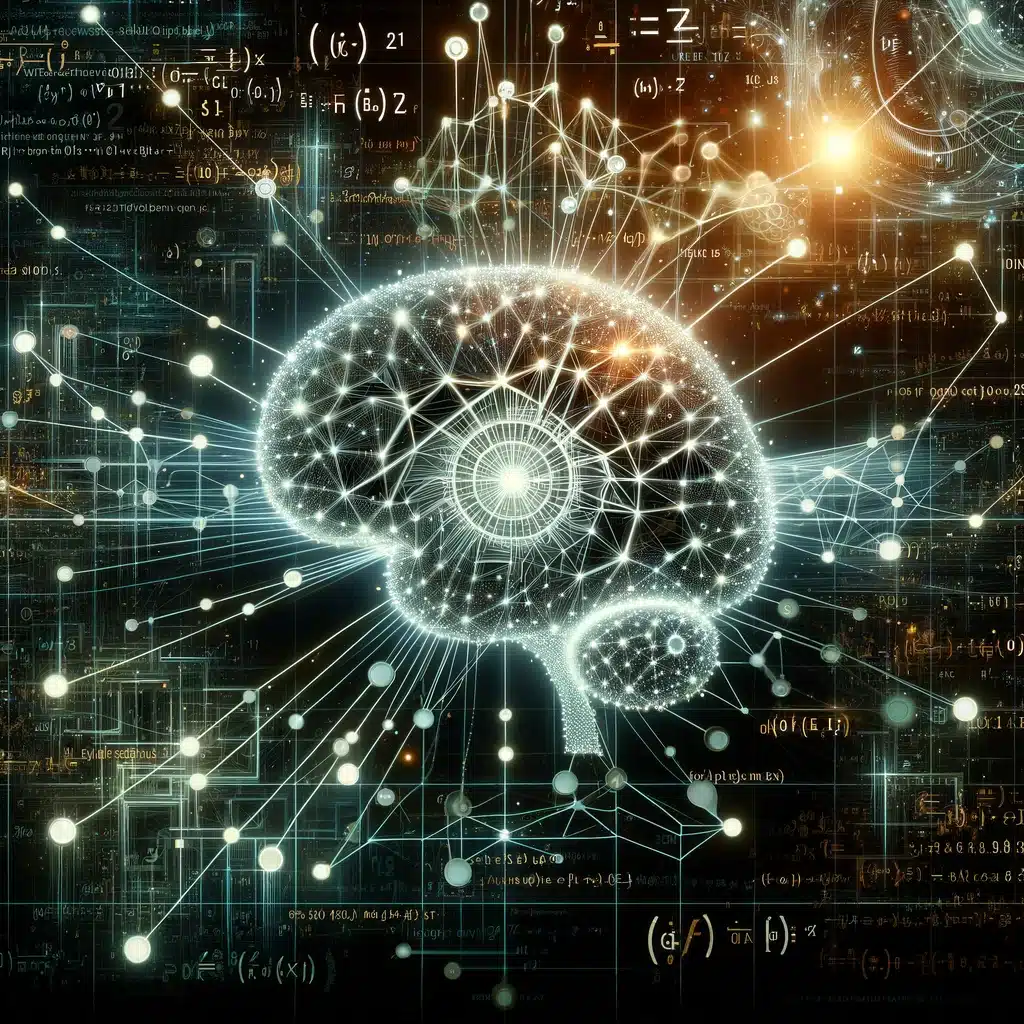Geoffrey Hinton Research in 2006

Table of Contents
Geoffrey Hinton is a British-Canadian cognitive psychologist and computer scientist, most renowned for his work on artificial neural networks. As one of the leading figures in the deep learning community, Hinton has made pivotal contributions to the development of algorithms and techniques that underpin much of the current progress in machine learning and artificial intelligence.
Born on December 6, 1947, in Wimbledon, London, Hinton initially pursued a degree in experimental psychology at the University of Cambridge. He later obtained his PhD in Artificial Intelligence from the University of Edinburgh in 1978, where his thesis focused on implementing neural network models for artificial intelligence.
Throughout his career, Hinton has held academic positions at several prestigious institutions, including the University of California, San Diego, Carnegie Mellon University, and the University of Toronto. At the University of Toronto, he significantly contributed to the development of deep learning techniques, including backpropagation, deep belief networks, and contrastive divergence.
Hinton’s work has had a profound impact on the field of artificial intelligence, leading to advancements in speech recognition, image recognition, and language processing. He is often referred to as the “godfather of deep learning” due to his foundational contributions and his role in mentoring many of the field’s leading researchers.
In addition to his academic achievements, Hinton has been recognized with numerous awards and honors, including the Turing Award in 2018, which he shared with Yoshua Bengio and Yann LeCun for their work on deep learning. Hinton is also a fellow of the Royal Society, the Royal Society of Canada, the Association for Computing Machinery, and the Canadian Institute for Advanced Research (CIFAR), where he has played a crucial role in the CIFAR Program in Neural Computation & Adaptive Perception.
Hinton has also worked with Google as part of their Google Brain team, applying his expertise in neural networks to various practical applications and further advancing the field of artificial intelligence.
Geoffrey Hinton and His Pioneering Research in 2006
In the realm of artificial intelligence and deep learning, few names are as synonymous with foundational advances as Geoffrey Hinton. Known as one of the “godfathers of AI,” Hinton’s work has paved the way for many of the technologies and methodologies that underpin modern machine learning and AI systems. The year 2006 stands out as a particularly significant milestone in Hinton’s career, marking the publication of a groundbreaking research paper that would have a lasting impact on the field of deep learning.

Geoffrey Hinton The Renaissance of Neural Networks
Prior to 2006, neural networks—despite their initial promise—had fallen out of favor within the AI research community. They were largely viewed as impractical for solving complex, real-world problems due to their limitations in handling deep architectures. This perception changed dramatically with Hinton’s research.

In 2006, Hinton, along with his colleagues Simon Osindero and Yee-Whye Teh, published a seminal paper titled “A Fast Learning Algorithm for Deep Belief Nets.” This work introduced a novel training method for deep neural networks, which was both efficient and scalable. The algorithm, known as Contrastive Divergence, allowed for the effective training of deep belief networks (DBNs), a type of generative model that can learn to probabilistically reconstruct its inputs.
Deep Belief Networks: A Breakthrough
Deep Belief Networks are composed of multiple layers of stochastic, latent variables. The key innovation in Hinton’s 2006 paper was the use of a greedy layer-wise training method. This approach involved training one layer of the network at a time, treating each layer as an unsupervised Restricted Boltzmann Machine (RBM) before fine-tuning the entire network in a supervised manner. This method significantly improved the network’s ability to learn complex representations and hierarchies of features, making it far more effective at tasks like image and speech recognition than previous models.
Impact and Implications
Hinton’s research in 2006 reinvigorated interest in neural networks, leading to what many refer to as the “deep learning revolution.” The techniques developed by Hinton and his team provided a foundation that would enable deep neural networks to learn from vast amounts of data, leading to unprecedented advancements in AI. These include improvements in natural language processing, computer vision, and various other domains that require the analysis and interpretation of complex datasets.
The work on deep belief networks and the development of efficient training algorithms marked a turning point, demonstrating that deep neural networks could not only match but in many cases surpass human capabilities in certain tasks. This has led to the development of AI systems that can recognize speech, translate languages, and identify objects in images with remarkable accuracy.
Legacy
Geoffrey Hinton’s contributions to AI and deep learning, particularly his research in 2006, have had a profound and lasting impact on the field. His work has not only advanced the theoretical understanding of neural networks but has also facilitated practical applications that affect our daily lives. From virtual assistants to recommendation systems, the influence of Hinton’s research is evident in numerous technologies we take for granted today.
In recognition of his contributions, Hinton has received numerous awards and honors, including the Turing Award, often referred to as the “Nobel Prize of Computing.” His work continues to inspire researchers and practitioners alike, driving further innovation in AI and deep learning.
As AI continues to evolve, the significance of Hinton’s 2006 research remains a testament to the power of innovative thinking and perseverance in the face of skepticism. It underscores the importance of foundational research in unlocking the potential of AI technologies that can benefit humanity in myriad ways.
For any kind of contact request click here.
Powered by aior.com







